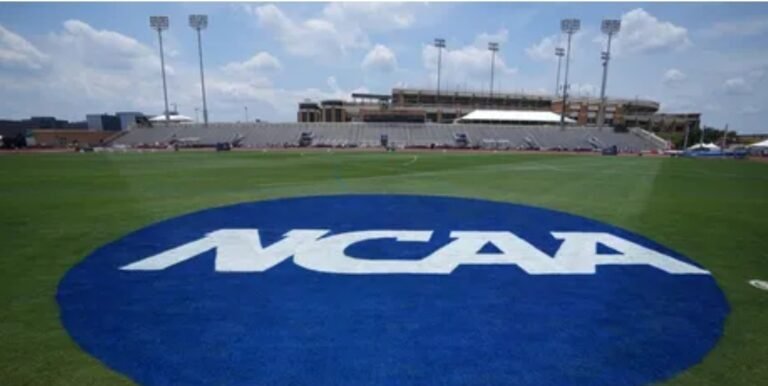The evolving landscape of college athletics has recently encountered a significant development concerning the intersection of Name, Image, and Likeness (NIL) compensation and Title IX regulations.
The U.S. Department of Education’s Office for Civil Rights (OCR) has issued guidance indicating that NIL payments and proposed revenue-sharing models must comply with Title IX’s gender equity provisions.
Title IX and Its Implications
Title IX is a federal law enacted in 1972 that prohibits sex-based discrimination in any educational program or activity receiving federal financial assistance. In the context of collegiate athletics, Title IX mandates that male and female athletes receive equitable treatment and benefits, including financial assistance.
NIL Compensation and Revenue Sharing
In recent years, NIL agreements have allowed student-athletes to profit from their personal brand through endorsements, sponsorships, and other ventures. Additionally, a proposed settlement in the House v. NCAA case suggests that universities could distribute an estimated $20.5 million annually to athletes through a revenue-sharing model. However, many institutions have indicated that these funds would predominantly go to football and men’s basketball players.
OCR’s Guidance
The OCR’s recent memo clarifies that all compensation provided to a student-athlete for NIL constitutes athletic financial assistance under Title IX. This means that any gender-inequitable distributions of revenue-sharing payments, direct NIL payments, or support services relating to NIL will expose institutions to regulatory enforcement risk based on OCR’s unambiguous enforcement position.
Potential Challenges for Institutions
This guidance presents challenges for universities planning to implement revenue-sharing agreements, especially those where payments would predominantly go to male athletes in sports like football and basketball. To comply with Title IX, institutions must ensure that financial assistance is distributed proportionately among male and female athletes. Failure to do so could result in violations of federal law and potential legal challenges.
Broader Implications
The OCR’s guidance also suggests potential implications for third-party NIL agreements closely associated with schools. While the memo primarily addresses direct payments from institutions, it raises questions about the role of external entities in NIL deals and their potential impact on Title IX compliance.
Conclusion
As colleges and universities navigate the complexities of NIL compensation and revenue-sharing models, adherence to Title IX’s gender equity provisions remains paramount. Institutions must carefully design and implement compensation structures that uphold the principles of fairness and equality, ensuring that all student-athletes, regardless of gender, receive equitable opportunities and benefits.



